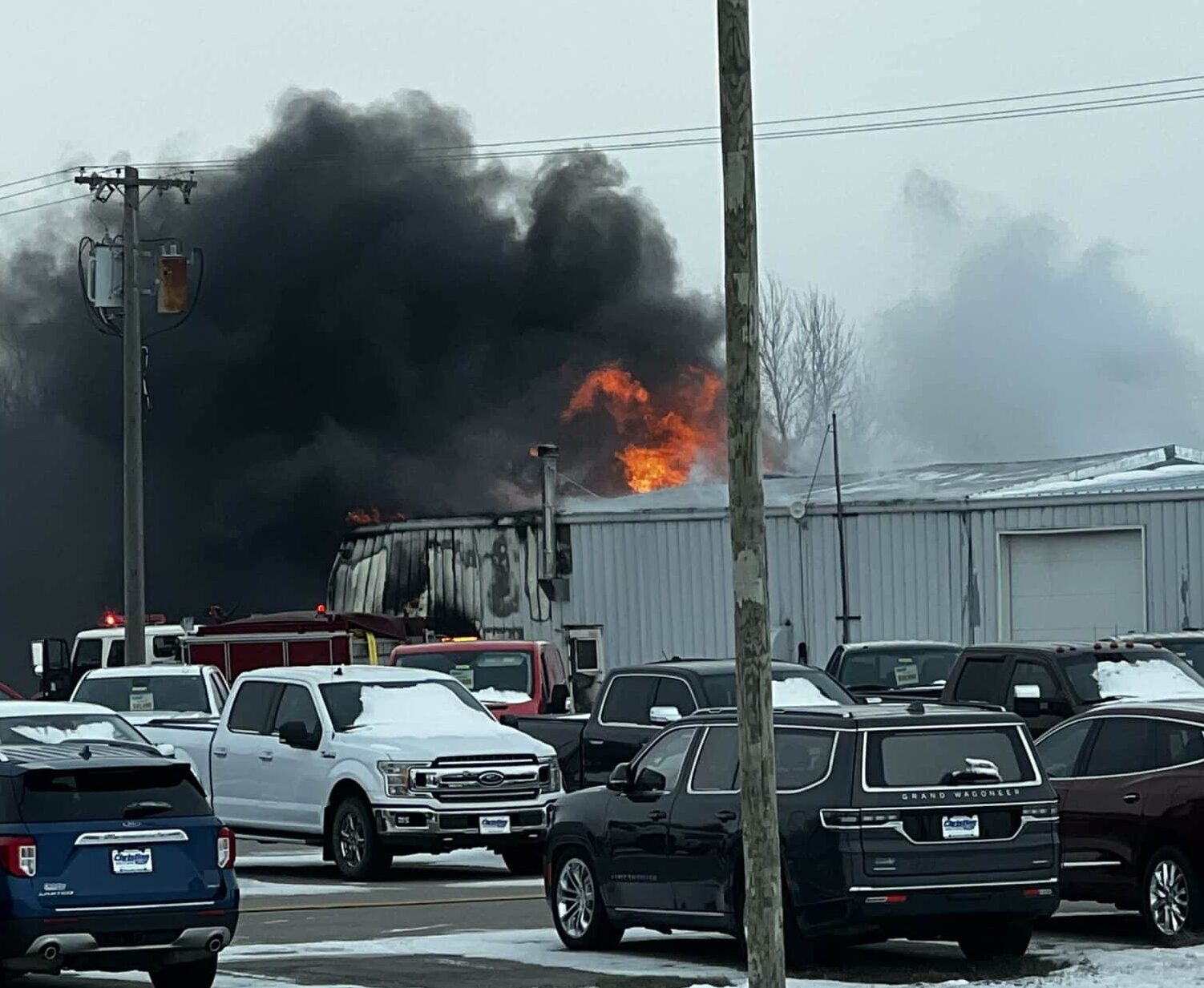The National Weather Service in Grand Forks issued a spring flood update on Thursday, February 13. The last two weeks have provided a bit of a lull with minimum snowfall. The projected Red Lake River crest in Crookston has dropped slightly at the 50 percent probability level from over 24 feet to 23.4 feet as of Thursday which is 1.42 feet shy of the spring 2019 crest.
According to Amanda Lee, Service Hydrologist for the National Weather Service, Crookston will likely enter the major flood category again this spring. “Looking specifically at the Crookston area, they do have a 50 /50 chance of getting into that major flood category,” said Lee. “And at the very, very high end topping out just above record stage. We’ll see how that goes, so decent chances of reaching moderate flood stage, and for sure, probably, at least into the major flood category.”
Part of the reason for that is that the entire Red River Basin from north to south, and east to west, was about four to eight inches above normal in precipitation from September 1 through February 11 said, Lee. “Focusing on the period from September 1 through Tuesday, February 11, the entire basin was running four to maybe a little higher than eight inches above normal for that entire period,” said Lee. “That’s nothing new but the good news is most of that fell before the January 23 outlook, so since then it has been fairly quiet.”
Lee also said snow depths and water content are also high for this time of winter. “Snow depth at a general depth of 10 to 20 inches across the heart of the basin,” said Lee. “It is a little high for this time of year since we still do have some winter to go, but we haven’t been adding to it. Same thing with the snow, water equivalent in that snowpack, kind of three to five inches up and down the valley.”
Frost levels are significantly lower at 10-30 inches across the central part of the basin than they were in 2019. Crookston is currently sitting at about 15 inches of frost, which is about 30 inches below the deepest frost a year ago, however, Lee said it remains to be seen how much that will be counteracted by the wet soil in the area. “The problem with frost depth is the deeper you are frozen, the longer it’s going to take to thaw out, so less chance of any runoff going into the soils,” said Lee. “If we have shallow frost depths as we do now, hopefully, we can get rid of that sooner and that will allow some infiltration into the soil as we start melting. However, with that said, we are a little worried that the wet fall and freezing up with the soil, so the wet could counteract that. So, that remains to be seen how that’s going to play out.”

[embeddoc url=”https://kroxam.com/wp-content/uploads/2020/02/RRN_and-DVL_mid-FebruaryDiscussion_13Feb2020.pdf” download=”all”]
Tags:



